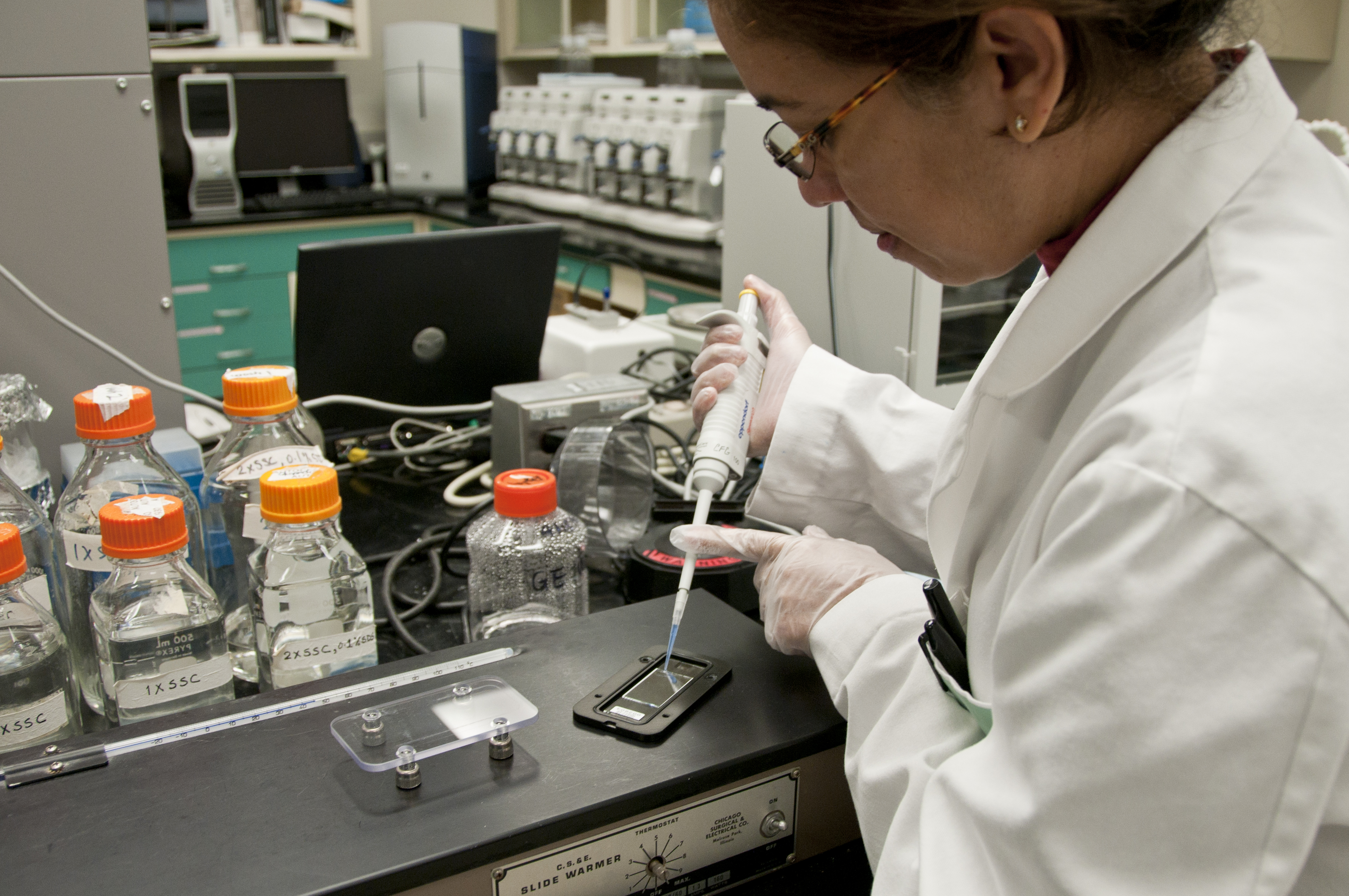
Photo from academic.microsoft.com
Abstract Strains of the Bacillus cereus group have been widely used as probiotics for human beings, food animals, plants, and environmental remediation. Paradoxically, B. cereus is responsible for both gastrointestinal… Click to show full abstract
Abstract Strains of the Bacillus cereus group have been widely used as probiotics for human beings, food animals, plants, and environmental remediation. Paradoxically, B. cereus is responsible for both gastrointestinal and nongastrointestinal syndromes and represents an important opportunistic food-borne pathogen. Toxicity assessment is a fundamental issue to evaluate safety of probiotics. Here, we summarize the state of our current knowledge about the toxins of B. cereus sensu lato to be considered for safety assessment of probiotic candidates. Surfactin-like emetic toxin (cereulide) and various enterotoxins including nonhemolytic enterotoxin, hemolysin BL, and cytotoxin K are responsible for food poisoning outbreaks characterized by emesis and diarrhea. In addition, other factors, such as hemolysin II, Certhrax, immune inhibitor A1, and sphingomyelinase, contribute to toxicity and overall virulence of B. cereus.
Journal Title: Critical Reviews in Toxicology
Year Published: 2019
Link to full text (if available)
Share on Social Media: Sign Up to like & get
recommendations!